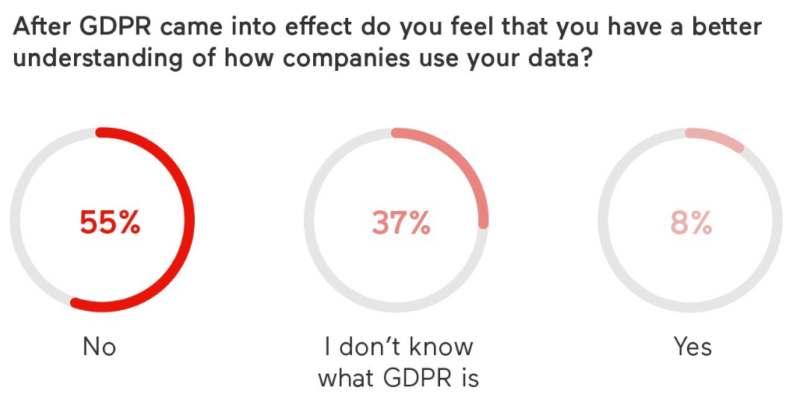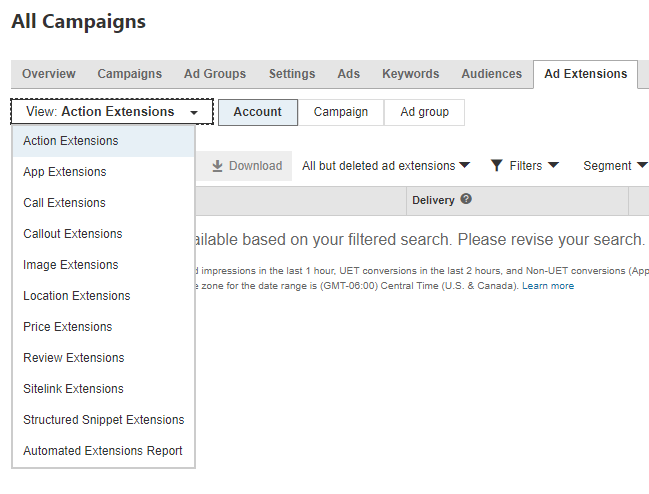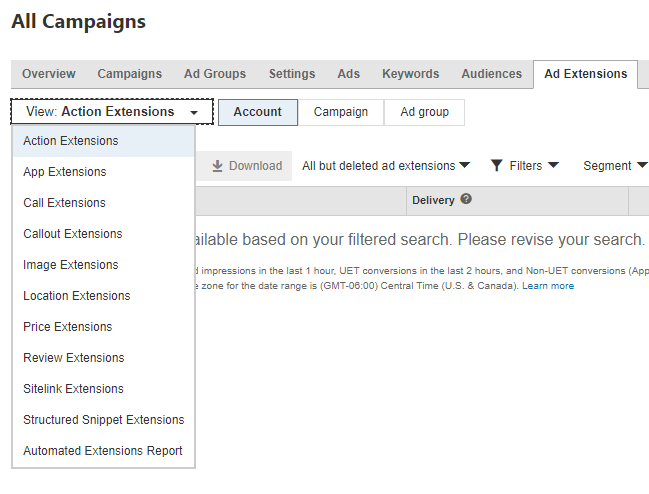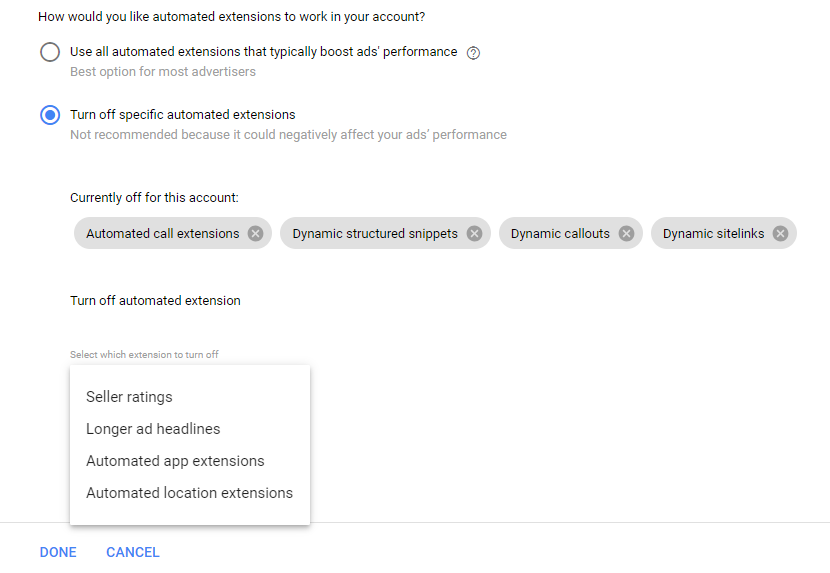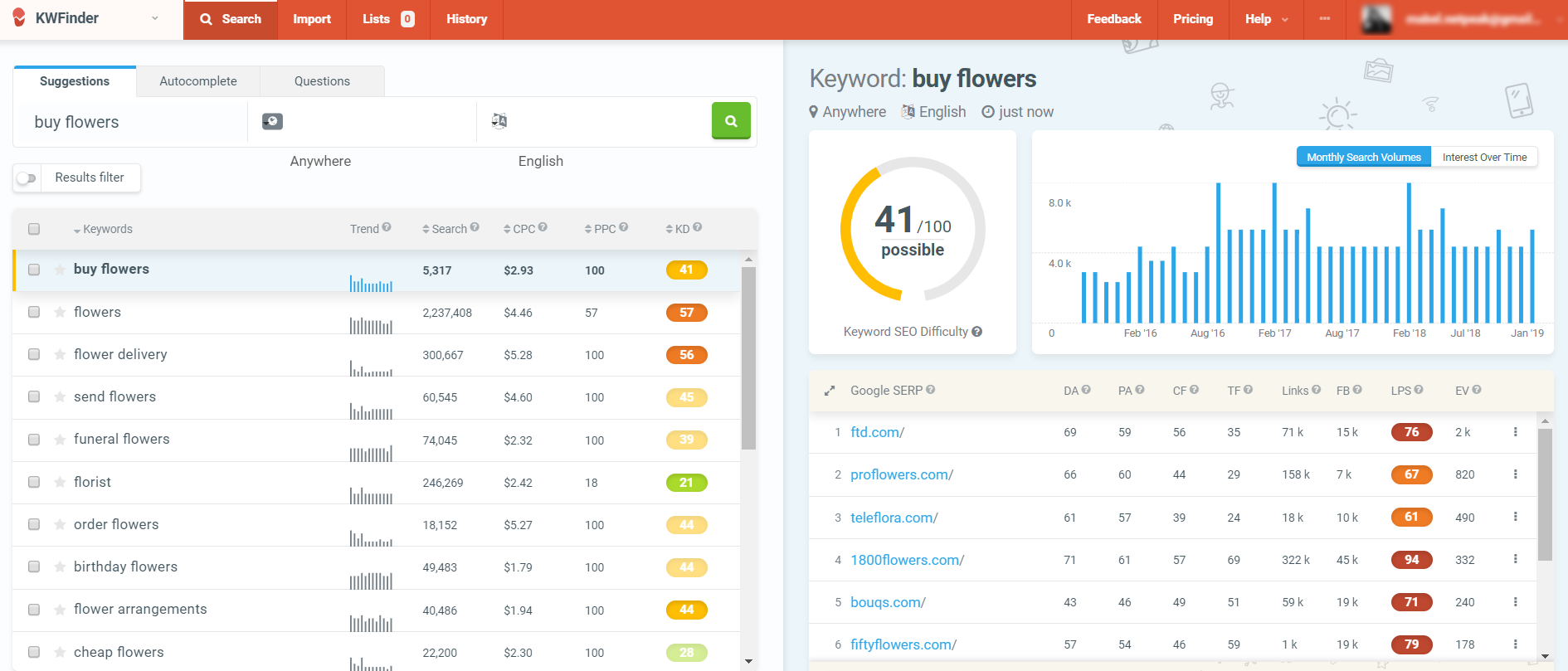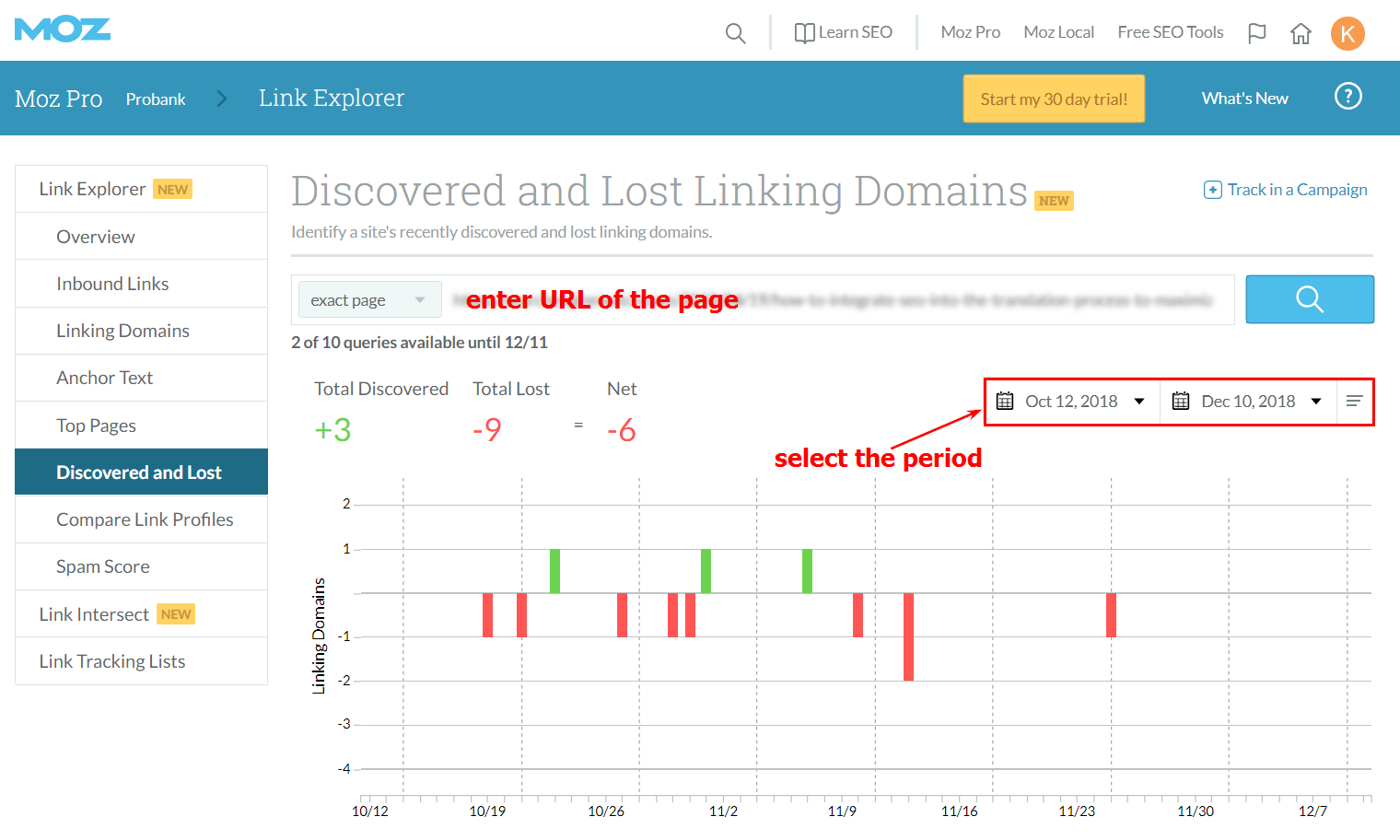
Aside from perhaps the most unfortunate acronym in the industry, do single keyword ad groups (SKAGs) have a role in modern paid search?
For many years, single keyword ad groups were the hallmark of good PPC strategy. And aside from a slight feeling of unease when saying the word, SKAGs appeared to offer much.
In simple words, this was the practice of placing single keywords in an ad group, instead of a small group of closely themed keywords. This provided the advertiser with increased control, the ad copy could contain the exact keyword, maximizing relevance and the quality score. Match types and negative keywords could be used to ensure queries were matched to your keyword exactly, providing precise control over visibility. And finally, you could easily understand the true performance of an individual keyword.
Complexity at scale
Arguably, however, the benefits of this approach were incremental when implemented in an otherwise well organized and maintained PPC account structure. In fact, the benefits could be outweighed by the challenges they posed.
The complexity of the SKAG structure, when operated at scale, could jeopardize accuracy. For example, if you were operating a standard structure with 1,500 keywords, averaging three ads and five keywords per ad group, you would be managing 900 individual ads. Convert this to a SKAG structure, maintaining three ads per ad group, and that number jumps to 4,500 individual creatives to be maintained.
Not only that, but the application of cross-matching negatives to stream traffic accurately across this number of ad groups makes it significantly more complex. This is just a simplified example with a modest number of keywords, retailers with a large product range may operate keywords in the tens of thousands.
Operating SKAGs at scale increases the chances of inadvertently blocking traffic to keywords, as well as poor quality or inappropriate ad copy being overlooked. Both of which would have negative impacts on performance. To mitigate against this, increased amounts of “housekeeping” work is required, either detracting from more strategic work to develop and grow the activity or increasing costs to allow for the extra resource required.
So, are the merits of the SKAG structure outweighed by the effort to maintain them? Or even worse, and perhaps ironically, do they increase the risk of inaccuracy?
Are SKAGs still relevant?
Putting this question aside, there is a question over whether SKAG is even appropriate in contemporary PPC accounts.
In a greatly discussed recent article, Emma Franks of Hanapin Marketing makes the case that SKAGs no longer serve as a best practice for paid search. Her argument is centered around the evolution of Google’s match types, which are shifting to better match keywords to the user’s intent, rather than simply matching words to the query.
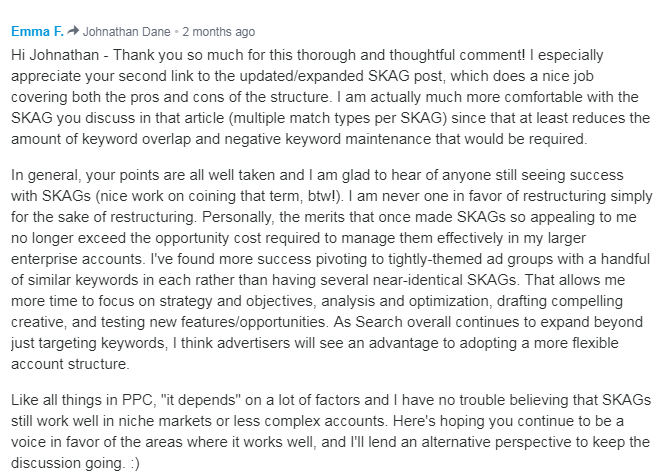
Source: Unbounce
This means that a single keyword could effectively be matched to many variations, all of which are relevant and have the same intent. The below example of how this works is taken directly from Google Ads Help pages:

Source: Google Inside AdWords
This level of variant matching then implies that to truly achieve the goal of the SKAG structure, which is, complete control over what queries match and the creative that is served, the extent of negative cross-matching required would become too taxing and hard to achieve.
Emma’s summary of the potential issues was
- Multiple ad groups that address the same keyword intent
- Duplicated ad copy that is no longer customizable for each individual search
- Cross-contamination among keyword search terms for multiple ad groups
- The potential for missed impressions/clicks/conversions/revenue due to an overabundance of negative keywords
- Wasted time spent on keyword additions and exclusions, ad copy testing and revisions further topped with stress about new Google updates
Essentially, as Google increasingly takes benefit of machine learning to match ads better with the user’s intent, the SKAG structure offers advertisers an increasingly more difficult way to grab that control back from Google and control it manually. But, in an industry that is being driven by automation, machine learning, and AI, can a manually-controlled account ever keep up?
Is there a middle ground?
So then, SKAGs are a challenge to manage at scale and essentially pull in the opposite direction to the way in which Google is developing the Google Ads offering. In this case, they don’t have a place in a well-managed PPC campaign, right? Well, not entirely.
Where individual keywords command a very high share of the overall search volume, placing those terms in ad groups all of their own can offer greater flexibility. You get the control over the matching landing pages and copy SKAGs provide but at an infinitely more manageable scale. But you can also apply specific audience targeting, demographic and device modifiers and, day-parting at an effective keyword level. This provides a lot more levers for optimization of such high-volume terms. Take things a step further and place each SKAG in its own campaign and you now can apply specific budgets, the ad rotations, and delivery methods for that keyword, as well as its very own bid strategy.
Once again, this comes back to an assessment of “effort vs reward”. To be truly worth it and indeed to make automated features such as bid strategies work, the individual keywords themselves must drive a high volume.
A blended approach
So in the war of opinions on this subject (refer back to the comments section of Emma Franks article!), there is an answer to the entire “mixed feelings scenario” for SKAGs. Yes, SKAGs do have a role in effective PPC activity, but they should be used strategically alongside other strategies to maximize performance.
High-volume hero or brand terms can benefit from the SKAG structure to increase the levels of control and flexibility at a keyword level for the terms that drive the largest proportion of your traffic. Using traditional, tightly themed ad groups for the bulk of your remaining inventory will ensure more manageability while it continues to deliver performance. Finally, tools such as Dynamic Search Ads can offer a “catch-all” strategy to capture new and emerging search terms when deployed correctly.
An approach such as this provides maximum control over the terms that drive the most performance, whilst also allowing advertisers to reap the benefits of machine learning and automation to efficiently and effectively manage the body and long tail terms.
Advertisers are all different, so inevitably, each paid search structure will be unique as a result. The key, as ever, is finding the right balance that works for you.
Jon Crowe is Director of PPC Strategy at a global digital marketing agency, Croud.
Related reading
The search industry’s interest goes beyond Google, Apple Search Ads’ on the rise. Kenshoo reveals insights and key stats on social and search advertising.
Most of the time, people that gather information to find suppliers are engineers, managers, and CEOs. How to create a content strategy that speaks to them?
SEO methods and insights are supporting strategy and decision making beyond website content. Uncover the broader use of SEO intelligence in evolution.






